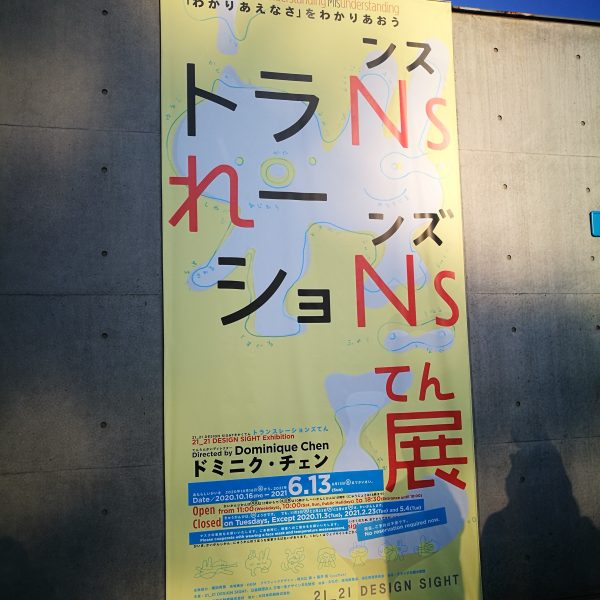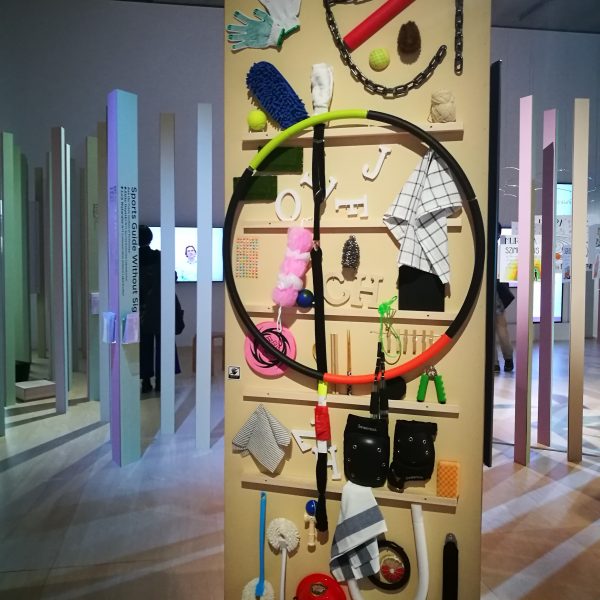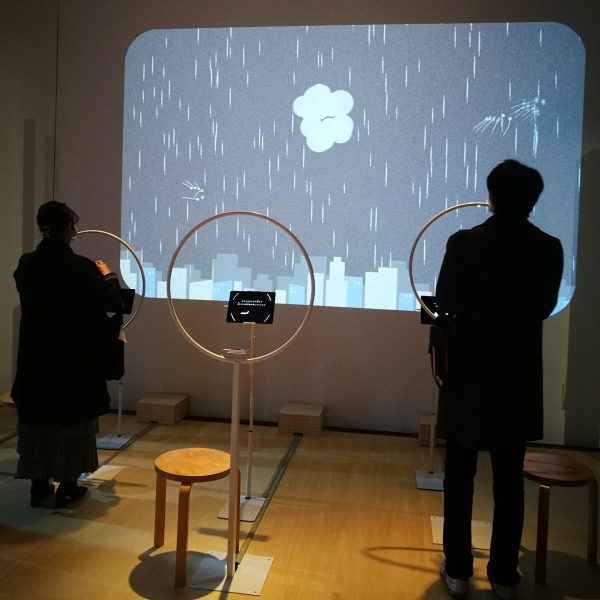Visiting museums and exhibitions is one of my favorite pastimes because it allows me to learn about things that I would not normally learn about. Living in Tokyo, I feel privileged to have access to so many different museums and galleries throughout the city at an affordable cost.
As Tokyo Tech students, we are eligible for free and discounted admission to museums and exhibitions around the city. All you need is to show your student ID card to the ticketing staff at the time of admission.

Recently, I went to an exhibition called “traNslatioNs: Understanding Misunderstandings” held at 21_21 Design Sight in Tokyo Midtown (Roppongi). As per its name, the exhibition explores the theme of translation, not just in terms of language but also across different mediums (and biological species!). The way that the name of the exhibition itself is presented on the poster is interesting enough. At first glance, it was somewhat difficult to read due to the usage of both Japanese and English. But I guess that is the intention because I found myself pausing and taking a closer look at it.
The exhibition features 21 works and installations from many creators, each of them having a different take on “translation”. Under the theme of “Transmit with Body”, Tokyo Tech Professor Asa Ito from Institute for Liberal Arts participates in this exhibition with her work in collaboration with NTT named “Sports Guide Without Sight”. It is a research project that delves into unconventional ways of conveying the feelings, emotions and experience of watching a sports game. For the visually impaired, mere words are not sufficient to simulate the realistic sensations of watching an actual sports match. Even by listening to descriptive narration of the match, the timing may be off. So how do we express fleeting moments of intensity, bursts of excitement, grace and flow of athletes non-visually? In this project, we can see how athletic movements in judo, fencing and baseball matches are “translated” using everyday objects. For example, a towel was used to “translate” judo wrestling. The movements of judo wrestlers were imitated through the twists and pulls of the towel. Although subtle movements of the professional wrestlers could not be recreated, the visually impaired participant in the project was able to feel the “sense of tension” in real time.

Other works that were displayed in the exhibition were equally interesting. One that particularly intrigued me was a project about communicating with different species (such as between human and sharks) by translating “scent”. I don’t want to spoil too much for those who want to visit the exhibition. You’ll have to go see it for yourself! The exhibition is a wonderful intersection between art, design and technology, and has provided me with food for thought that allowed me to reconsider the ways we communicate. It has also showed me that the work of translating is imaginative and experimental, just as what the exhibition director Dominique Chen has said – “translation is designing communication”.

“traNslatioNs: Understanding Misunderstandings” details:
Date: October 16, 2020 – June 13, 2021
Price: ¥800 for university students
Location: 21_21 DESIGN SIGHT Gallery 1 & 2 (Tokyo Midtown in Roppongi)
Tokyo Tech is a proud member of the National Museum of Nature and Science Partnerships with Universities, Campus Members of the Tokyo National Museum, Campus Members of the National Museum of Art. Membership benefits are extended to its students, faculty and staff.
For more information, visit the page below:
https://www.titech.ac.jp/english/enrolled/facilities/museum.html
